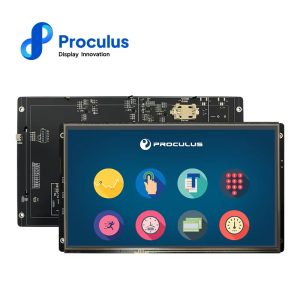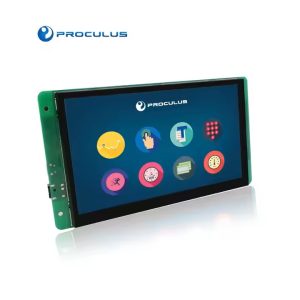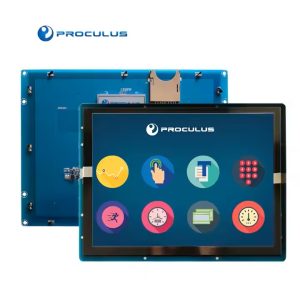The Production of LCD Explained
Ⅰ. The array manufacturing of LCD exaplained
1. A piece of glass with a smooth surface and no impurities is the most important raw material for manufacturing TFT glass substrates. Before making, the glass needs to be washed with a special cleaning liquid, then dehydrated and spin-dried.
2. To coat the glass substrate with a metal film, the metal material needs to be placed in a vacuum chamber, and after the special gas on the metal generates plasma, the atoms on the metal will be knocked against the glass, and then a layer of layers will be formed Metal film too.
3. After the metal film is plated, we also need to plate a non-conductive layer and a semi-conductive layer. In the vacuum chamber, the glass plate is heated first, and then a high-voltage electric sprayer sprays special gas to allow electrons to interact with each other. The gas generates plasma, and after a chemical reaction, a non-conductive layer and a semiconductor layer are formed on the glass.
4. After the film is formed, we need to make the pattern of the transistor on the glass. First, enter the yellow light room and spray a highly sensitive photoresist solution, then put on the photomask to irradiate blue-violet light for exposure, and finally send it to the developing area to spray the developer solution, which can remove the photoresist after illumination and let the light The resist layer is shaped.
5. After the photoresist is shaped, we can perform wet etching with etching to expose the useless film, or dry etching with the chemical reaction of plasma. After etching, the remaining photoresist can be removed with liquid, and finally The circuit pattern required by the transistor is generated.
6. To form usable thin film transistors, it is necessary to repeat the process of cleaning, coating, photoresist, exposure, development, etching, and photoresist removal. Generally speaking, to manufacture monitor LCD TFT, it is necessary to repeat 5 to 7 times.
Ⅱ. The assembly process of LCD display
1. After completing the thin-film transistor glass substrate, we will proceed to the combination of the liquid crystal module. The liquid crystal panel is composed of the transistor glass substrate and the color filter. First, we must clean the glass first, and then proceed The next step. The entire manufacturing process of TFT-LCD must be in a clean room, so that there will be no impurities.
2. The color filter is chemically coated to form red, green, and blue colors on the glass. After neatly arranged, it is completed by covering a layer of conductive film.
3. During the entire assembly process, first we have to coat a layer of chemical film on the glass and color filter covered with transistors, and then perform the alignment action.
4. Before combining the two glass plates, tiny spherical spacers are evenly distributed to prevent inward bending during assembly. These spacers maintain a fixed gap between the plates, ensuring proper alignment of the liquid crystal. One or two small openings are left to allow for the later injection of the liquid crystal material. After this, the edges of the glass plates are sealed with frame glue and conductive glue, completing the glass assembly and forming the core structure of the LCD panel.
5. After sealing the frame, place the LCD panel in the vacuum chamber, and drain the air from the LCD panel through the gap just reserved, and then pour the liquid crystal with the help of atmospheric pressure, and then close the gap. The liquid crystal is a kind of The compound substance between solid and liquid has the characteristic of regular molecular arrangement.
6. Finally, attach two vertical polarizers, and the entire LCD panel is completed.
Ⅲ. The module manufacturing of LCD display
1. After the polarizer is attached, we start to mount DRIVE IC on both sides of the liquid crystal module. DRIVE IC is a very important driving part, which is used to control the color and brightness of the liquid crystal.
2. Then connect the input end of the DRIVE IC to the circuit board by soldering. In this way, the signal can be sent out smoothly, and then the image on the control panel is ready.
3. The light of the UART LCD module is emitted from the backlight. Before assembling the backlight, we will first check whether the assembled LCD panel is perfect, and then assemble the backlight. The backlight is the source of light behind the LCD panel.
4. Finally, lock the CELL and the iron frame with screws.
5. After that, we entered the final critical test process. The assembled MODULE was subjected to aging test, and products with poor quality were screened out in the state of electrification and high temperature.
6. The best quality products can be packaged and shipped. In this way, the liquid crystal module undergoes many inspection and testing procedures to deliver the most perfect product to the customer, and this is the real completion of the entire liquid crystal display manufacturing process.

 English
English


